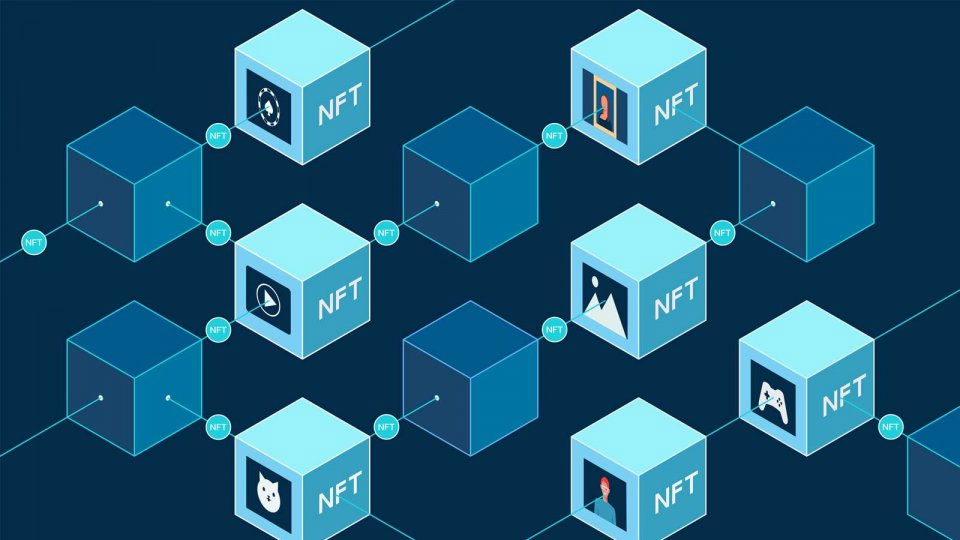By Sam Bright
Yes, welcome to more terms to understand in the blockchain and cryptocurrency world. We will continue from where we stopped. Read the first part HERE.
Private key
A secret code that allows a user to access and manage their cryptocurrency on the blockchain network.
This is very important and should never be made public. Whoever has access to your private keys can have free access to your wallet address and by extension your stored cryptocurrencies.
Gas
This is a term used to describe the form of payment on layer 1 blockchain network, such as Ethereum, Solana, Htmlcoin, Polygon, Core and the rest, which a user pay to execute the transaction or smart contract on the blockchain.
Airdrop
This blockchain and cryptocurrency term is the process or means of distributing tokens to the public. This is often done as a means of promoting a new cryptocurrency project or as a way to reward holders of a specific cryptocurrency.

When a company conducts an airdrop, it will typically give away tokens to holders of a specific cryptocurrency, or to members of a specific community who perform certain specified tasks.
HAVE YOU READ:
*Meaning of some terms in blockchain and cryptocurrency space
*Cartoon: Africa is on her own on climate change
*Some facts about the Great Pacific Garbage Patch
Staking
This is a process where a person holds and locks a certain amount of cryptocurrency in order to support the operation and maintenance of a proof-of-stake blockchain.
In return, the person earns rewards for their contribution in the form of newly minted cryptocurrency or a share of transaction fees.
Vesting
It is a way of gradually giving employees access to the equity or tokens they have been granted as part of their compensation package.
Vesting is done over time and often requires or may not require that people remain with the cryptcurrency project for a certain period of time, or be aware of the criteria for accessing the vested tokens before they can fully access the equity or tokens they have been granted.
NFT
A key and very futuristic term in the blockchain and cryptocurrency space NFT. It stands for Non-Fungible Token, which is a unique digital asset that represents ownership of a specific piece of content or artwork on the blockchain.
Unlike cryptocurrencies such as Bitcoin or Ethereum, which are fungible (meaning they can be exchanged for other units that are identical in value), NFTs are non-fungible, meaning each one is unique and cannot be exchanged for another one of the same value.
NFTs are often used to represent digital art, music, videos, and other creative works, with their ownership and authenticity tracked on the blockchain. They are primarily sold and bought on NFT marketplaces and are often traded for high values.
Whale
In the blockchain and cryptocurrency terms, whale stand out. A whale refers to an individual or entity that owns a large amount of cryptocurrency. These individuals or entities can influence the market by buying or selling large amounts of cryptocurrency, which can cause significant price movements.
Some whales are thought to have amassed their wealth by early investing in cryptocurrencies, mining, or participating in initial coin offerings (ICOs) or presales.
Dumping
Dumping in cryptocurrencies refers to the act of selling a large amount of cryptocurrency in a short period of time, causing the price to drop significantly.
This can be done intentionally by a group or individual to manipulate the market and make a profit, or it can happen naturally as a result of market dynamics.
Dumping can cause panic selling and further price drops, leading to volatility, uncertainty, and potential losses for investors. It is important for investors to stay informed and be prepared for potential market manipulation.
Burning
Burning in cryptocurrencies refers to the process of removing a certain amount of cryptocurrency from circulation by sending it to an address from which it cannot be spent or accessed.
The purpose of burning coins is to reduce the total supply of the cryptocurrency in circulation, which can help to increase its value over time by creating scarcity.
Burning can occur naturally in some cryptocurrency networks, such as Bitcoin, where coins are lost due to users losing their private keys or hardware wallets.
However, some cryptocurrencies intentionally burn a portion of their coins as part of their monetary policy or to incentivize users to hold onto their coins.
The burning process is usually carried out through a smart contract and is irreversible, meaning the coins are permanently removed from circulation. The amount of coins burned can be determined by the community through a consensus mechanism or by the development team.
Overall, the process of burning in cryptocurrencies can help to increase their value and create a more stable and attractive investment opportunity for users.
Tokenisation
The last but not least in the inexhaustible list of blockchain and cryptocurrency terms is tokenisation. In cryptocurrencies refers to the process of creating a digital representation or token that represents an asset or a unit of value on a blockchain network.
This token can be used to represent physical assets like gold, property, or even art, as well as intangible assets like loyalty points, gift cards, or even fiat currencies.
In tokenisation, the asset is first registered on the blockchain network through a smart contract. The smart contract defines the terms and conditions of the token, including its price, supply, and the transfer rules. Once the asset is registered, tokens are created, and they can be used to represent the corresponding assets.
The benefits of tokenisation include increased liquidity, fractional ownership, security, and transparency. For instance, tokenisation enables investors to purchase fractional ownership of assets that would otherwise be out of their reach, like real estate or art.
Additionally, tokenisation removes intermediaries, reducing transaction costs and increasing transparency by providing real-time tracking of ownership and transfers of assets.
If you have some terms you need explained in simple-to-understand way, tell us HERE.

